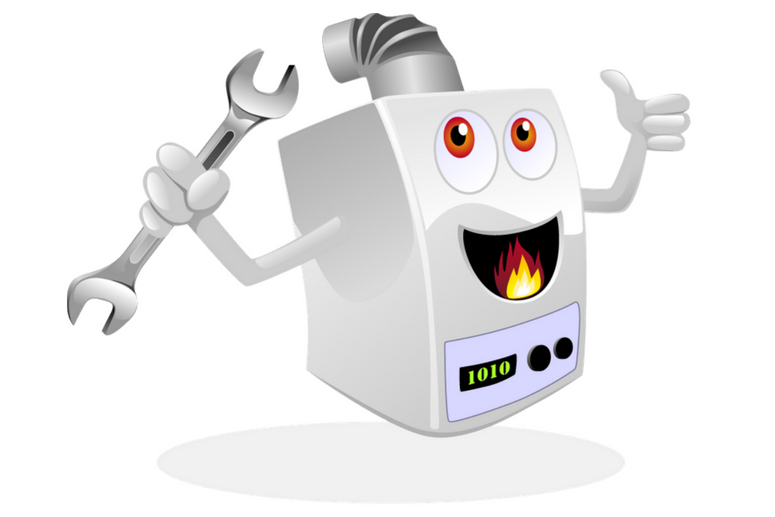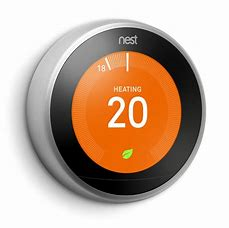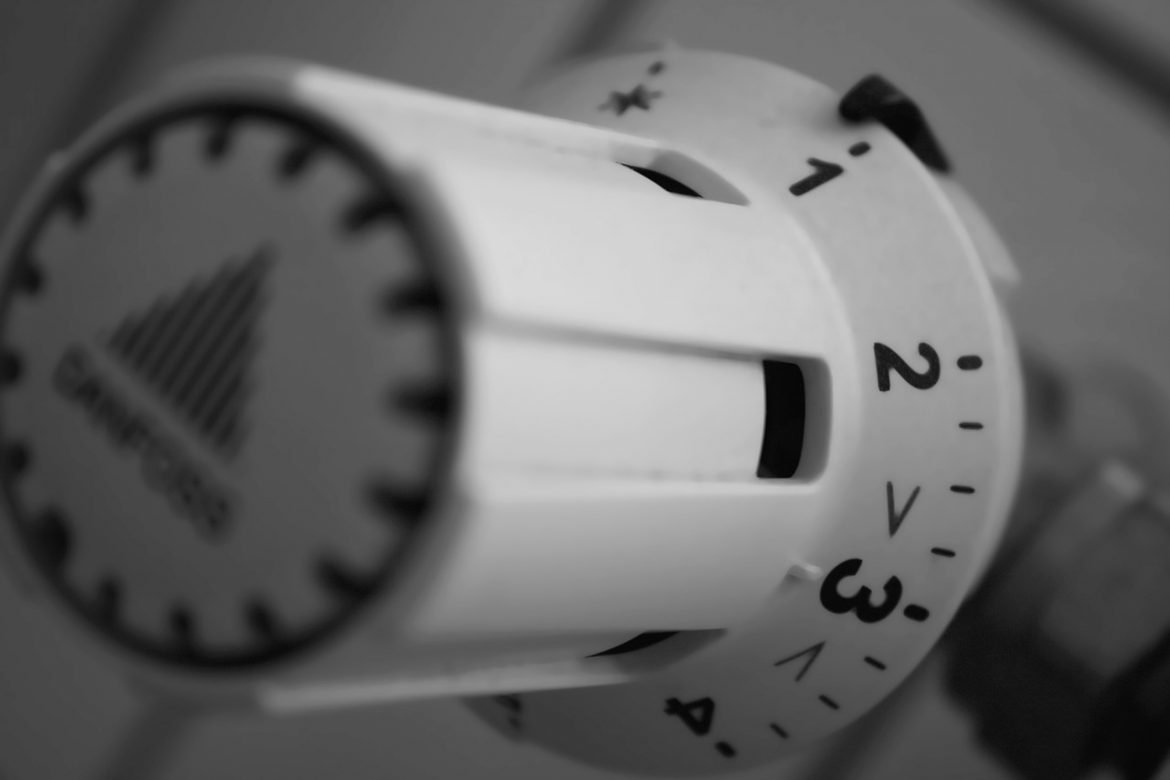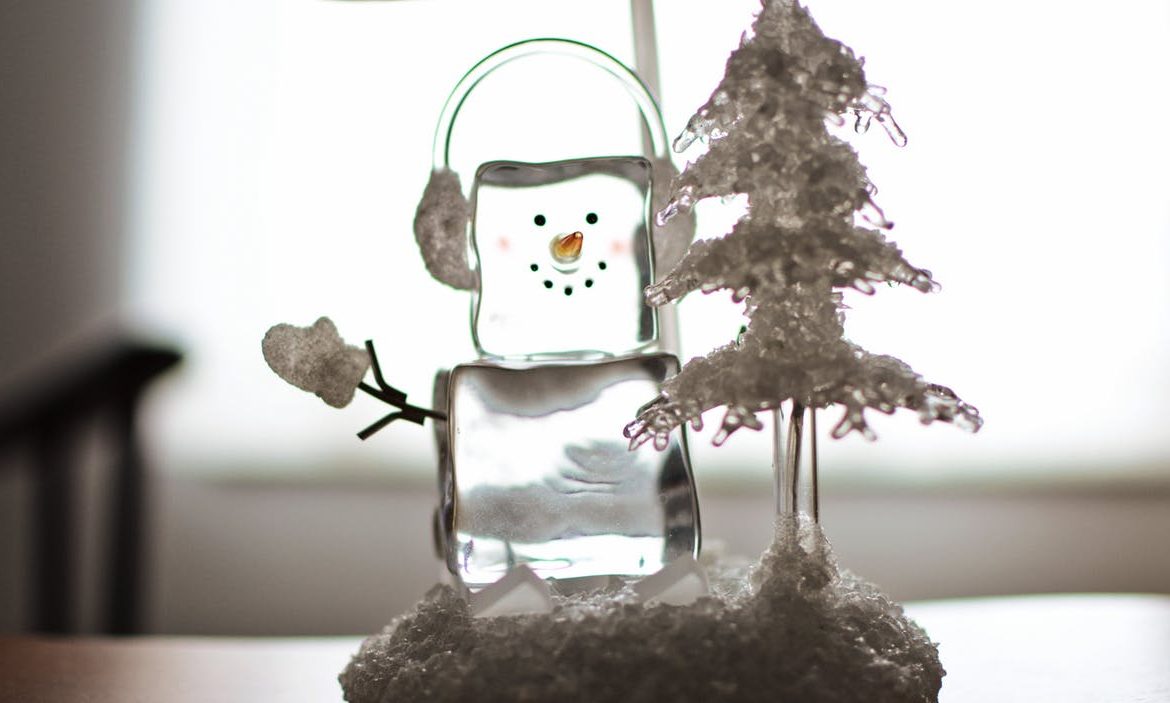Heating, Boilers and all that Jazz…
Don't let your heating system get you hot under the collar!
These tips will help you keep your heating system running effectively.
- Annual boiler servicing is essential to maximise and maintain the efficiency of your heating system
- If you have thermostatic radiator valves in all your home, keeping all doors closed will improve the efficiency of the valves
- We’ve all had that nightmare of the central heating not working, before panicking check all external controls i.e. room and radiator thermostats. This is particularly important the first time of switching on the heating system after the summer.
- If you have a sealed system, i.e. a combi boiler or unvented cylinders, the systems pressure should be maintained at 1.5 bars (this can be found on the pressure gauge of the actual boiler). The pressure can drop if you are bleeding your radiators, ensure in this instance you top up your system via the filling loop (usually the silver hose under the boiler).
- Radiators which are cold at the top and warm at the bottom simply need bleeding, you’ll need a radiator key and to know where to find the bleeding nipple. Simple release the bleeding nipple using the key, and release the all air until water starts to come out.
- Radiators which are cold at the bottom and warm at the top indicates the build-up of sludge within the heating system, this is easily solved with a professional power flush.
- If you are experiencing poor water flow from your kitchen mixer tap, the most regular cause of this is a blocked spout no less! Unscrew the spout and clean – your tap should be as a good as new.
- Look to insulate both hot and cold pipes in areas where the water supply lines can be found in unheated places, hot pipelines can freeze just as easily as the cold ones if the water isn’t running through the pipe and the temperature drops suddenly.
- Drain a quarter of water from your water tank every 3 months to remove sediment that impedes heat transfer and lowers the efficiency of your heater
- Repair leaky faucets promptly; a leaky faucet wastes gallons of water in a short period
- Insulate your electric hot-water storage tank and pipes, but be careful not to cover the thermostat
Winter Emergency Tips and Tricks
. . . its cold outside!
When the temperatures drop, here are a few things you can do to keep your pipes healthy.
If your taps or faucets freeze
- Leave the doors of bathroom and kitchen cabinets open to allow more heat to get to your pipes.
- If the temperature drops really low, run a little water from your taps every day – letting the water run into the sink slowly.
- Be sure to heat every room of your home and don’t leave some rooms cold. Allowing heat to circulate freely throughout the house will minimise the risk of freezing pipework.

If you get a cracked or burst pipe this winter
- First thing’s first, turn off the water at your main shut-off valve (stopcock), that way you won’t have problems when the ice melts.
- Keep your taps and outlets open to help relieve pressure as the ice melts.
- Use a hair dryer or a heat gun to thaw frozen pipework out – see above
- DO NOT use blow torches or open flames to thaw pipes as this can lead to pipes cracking.




